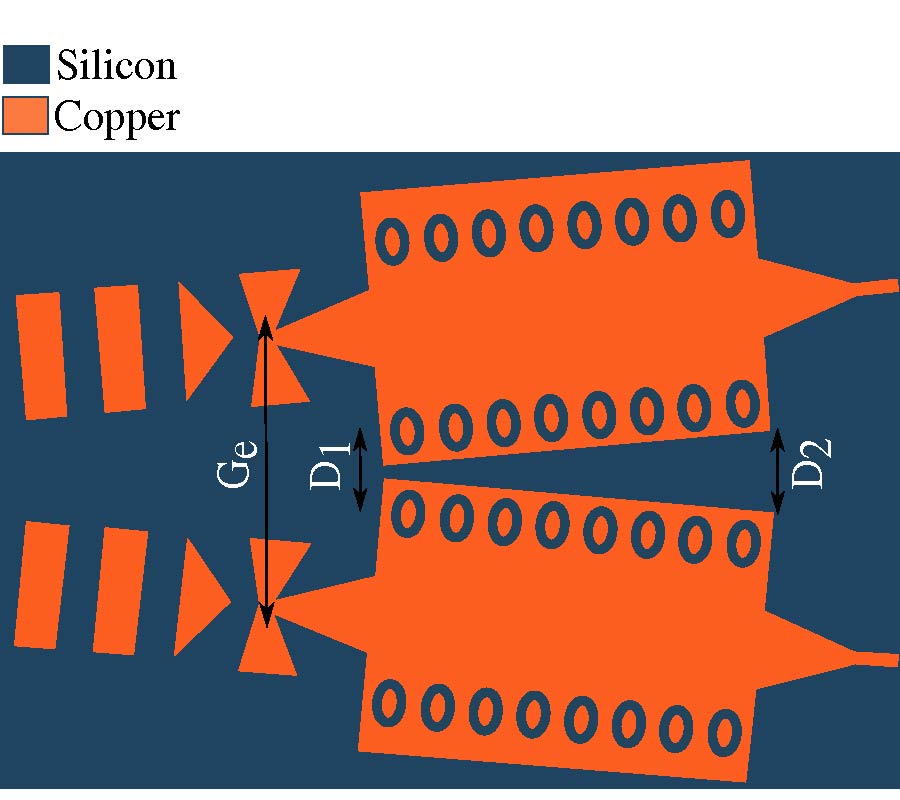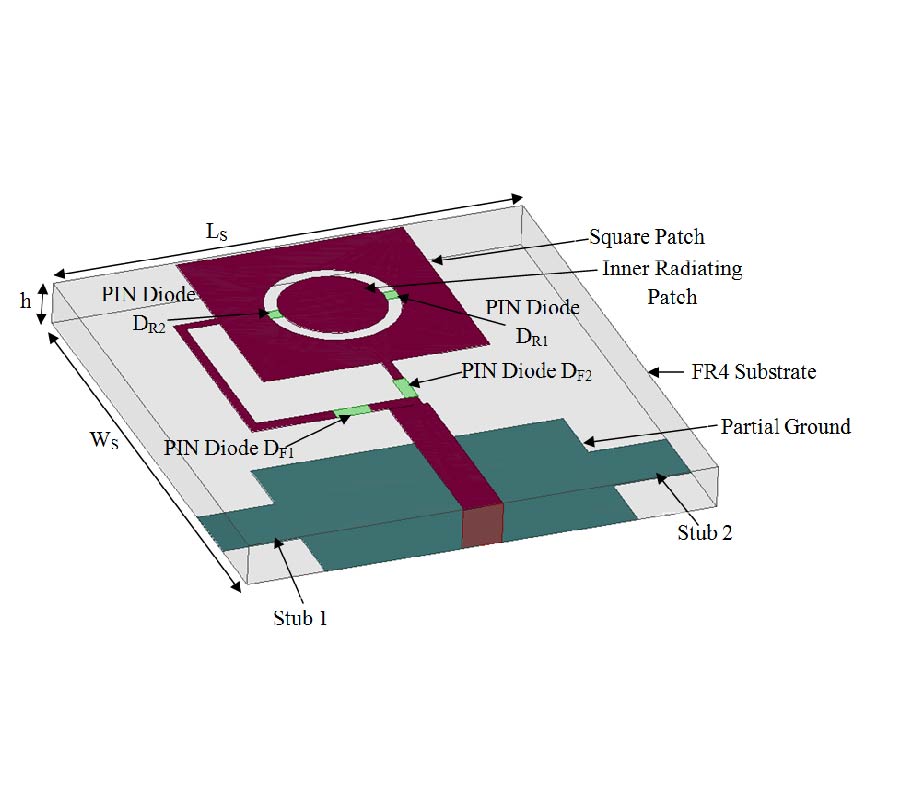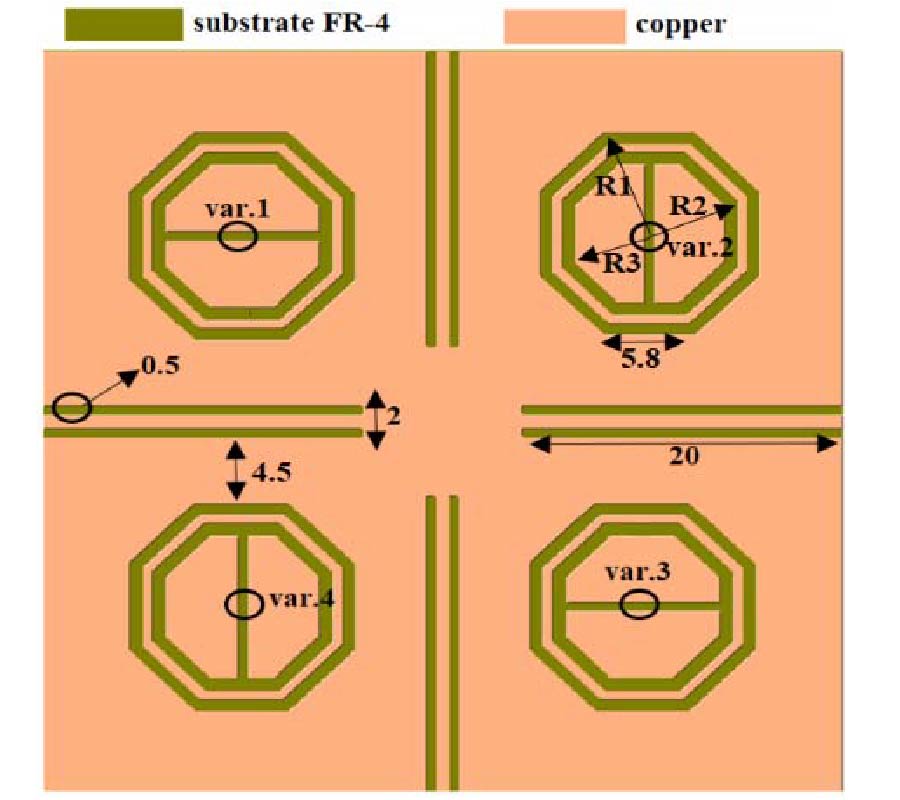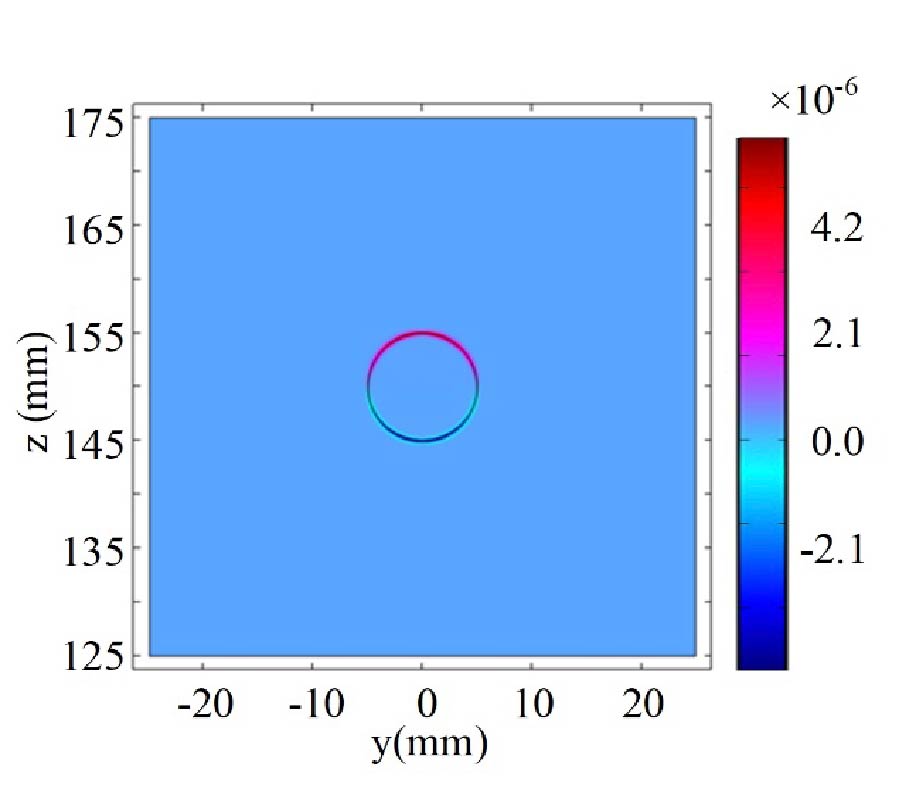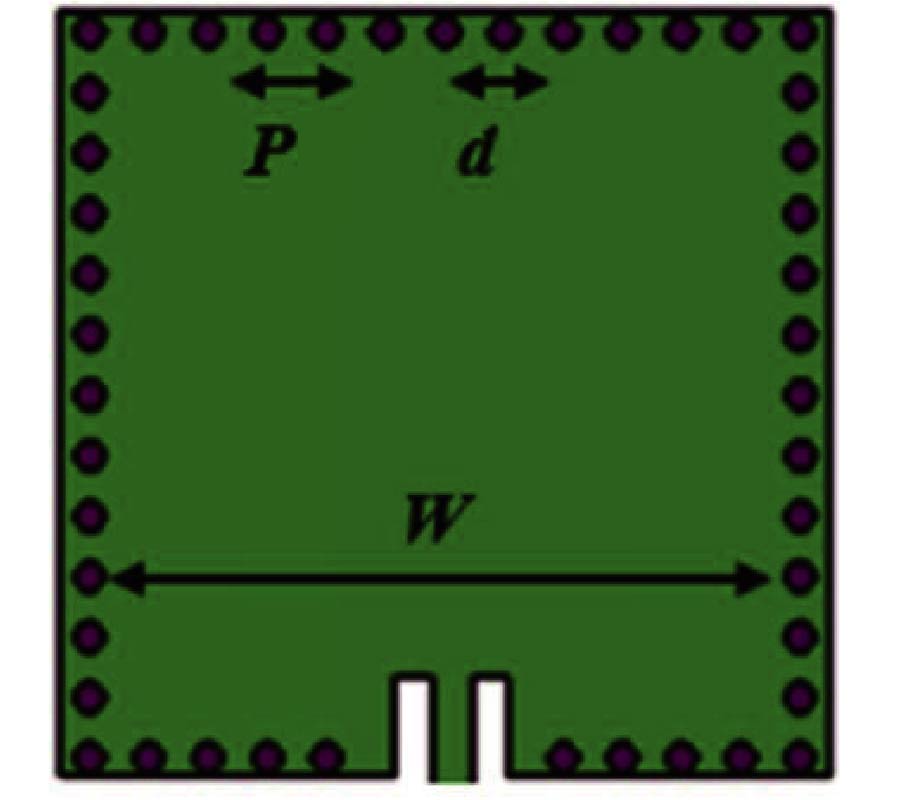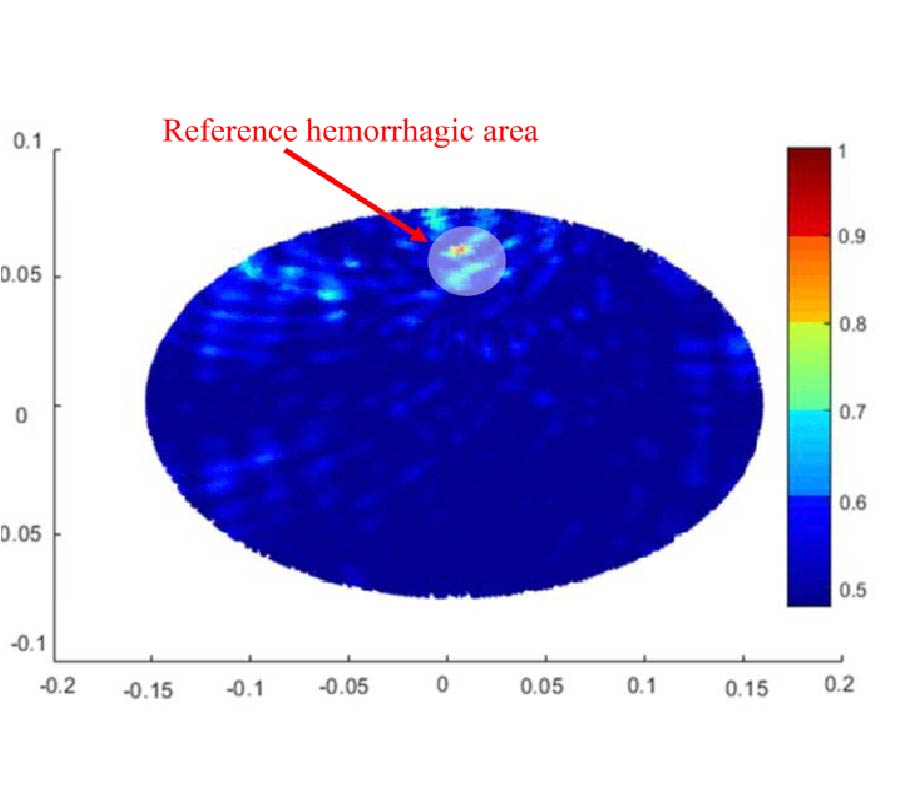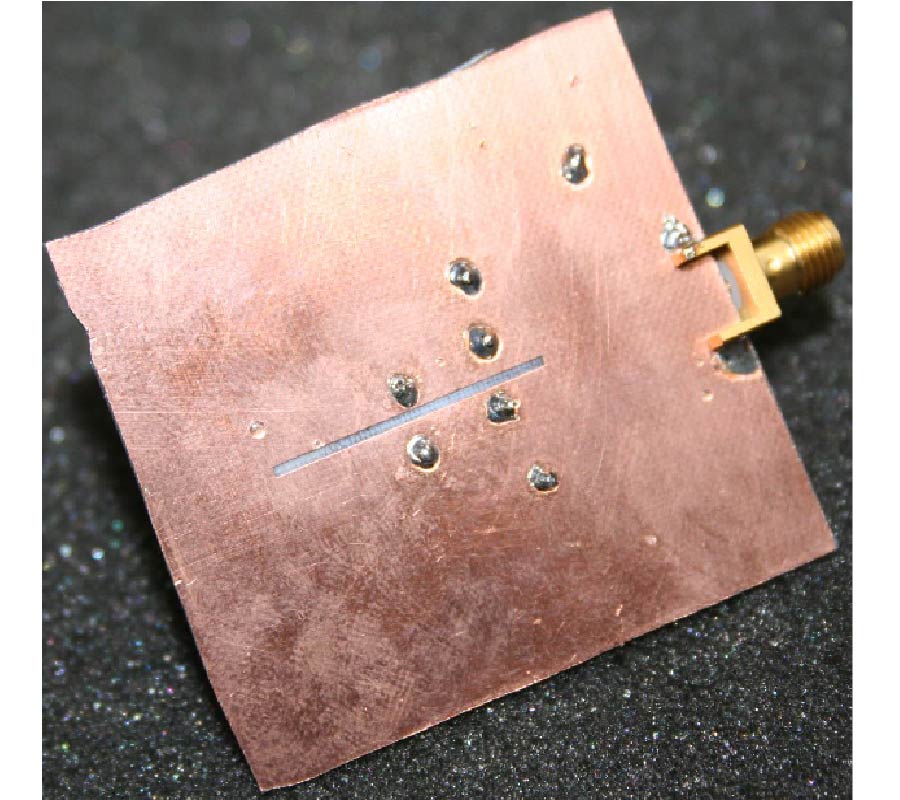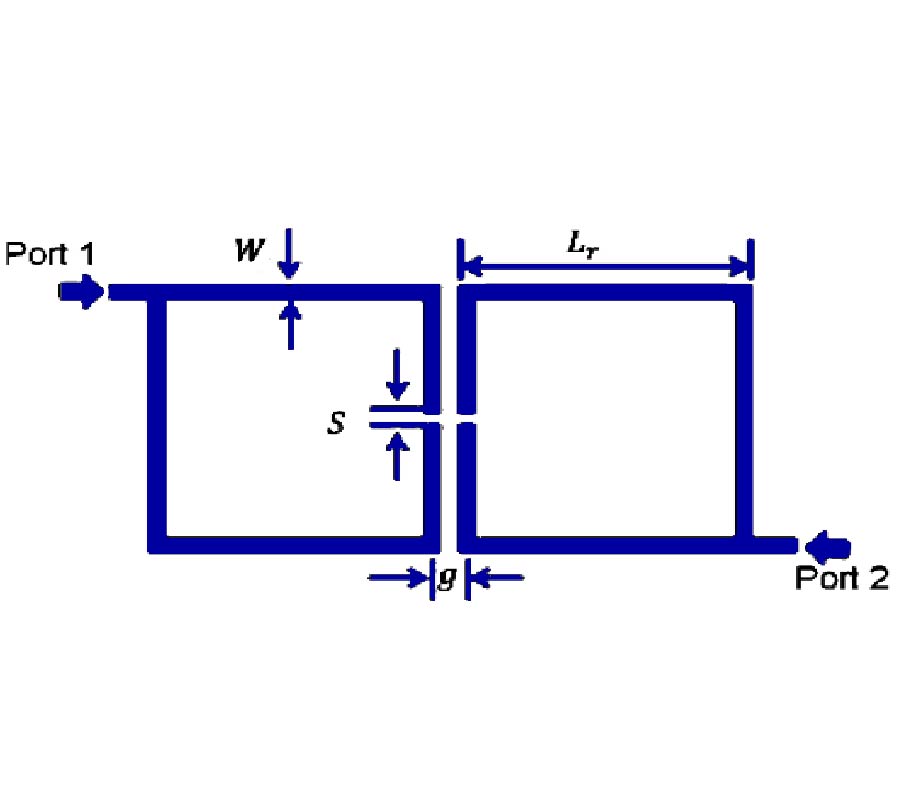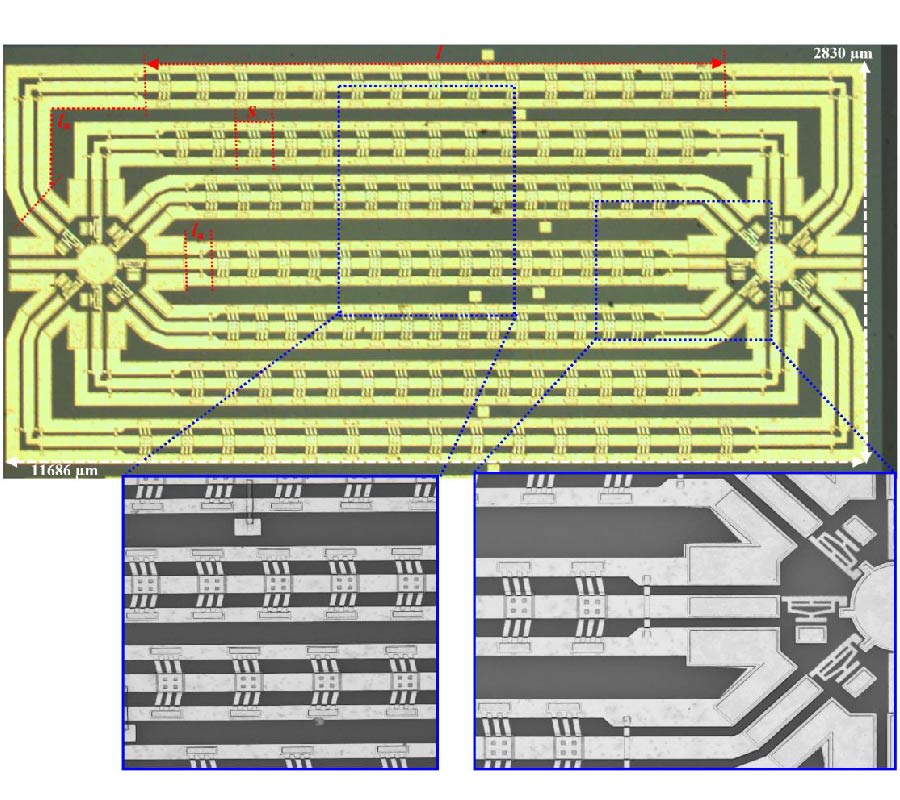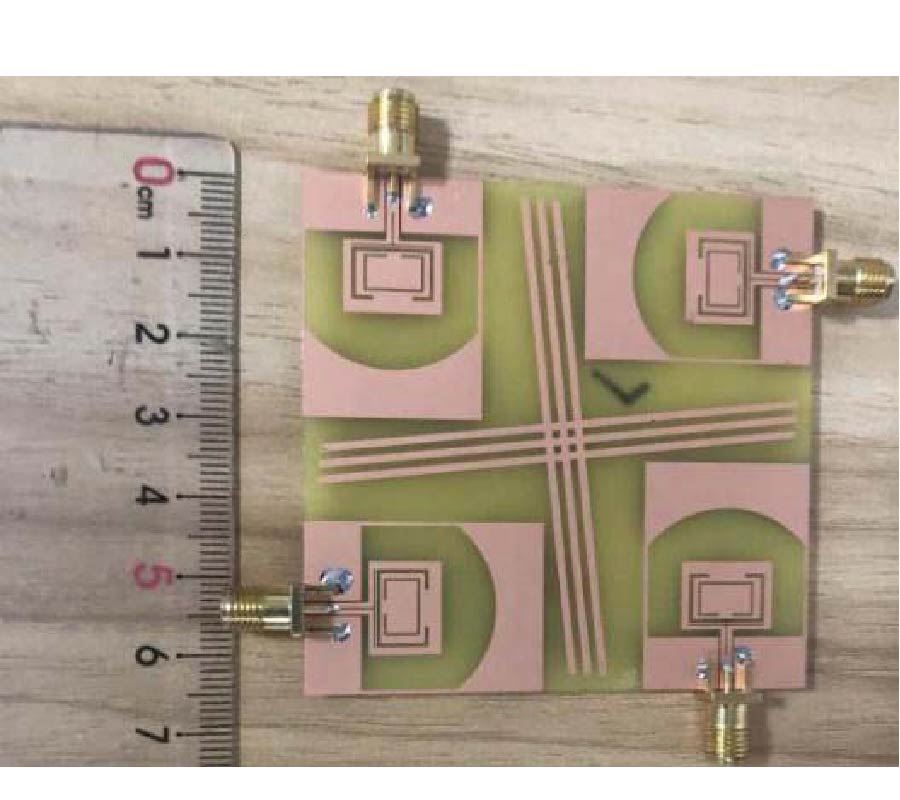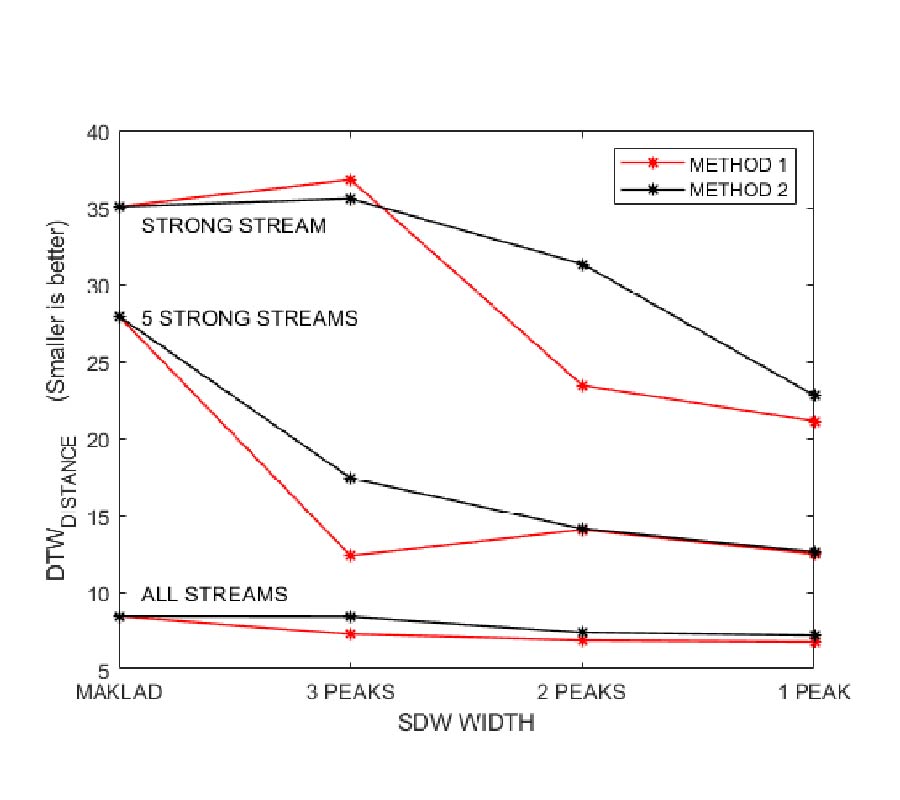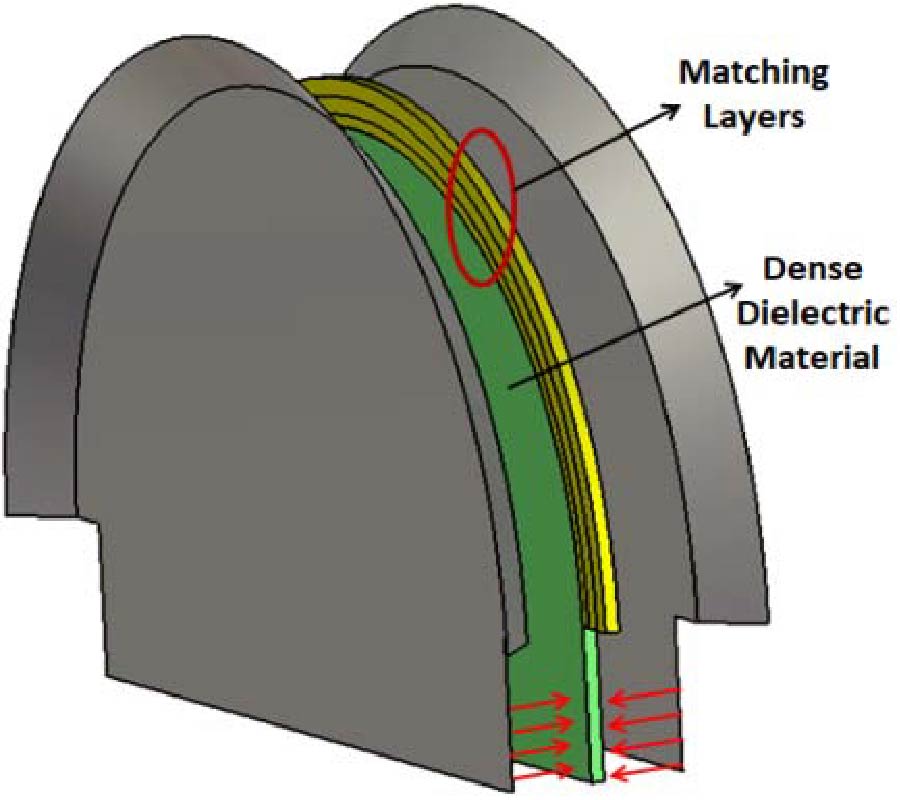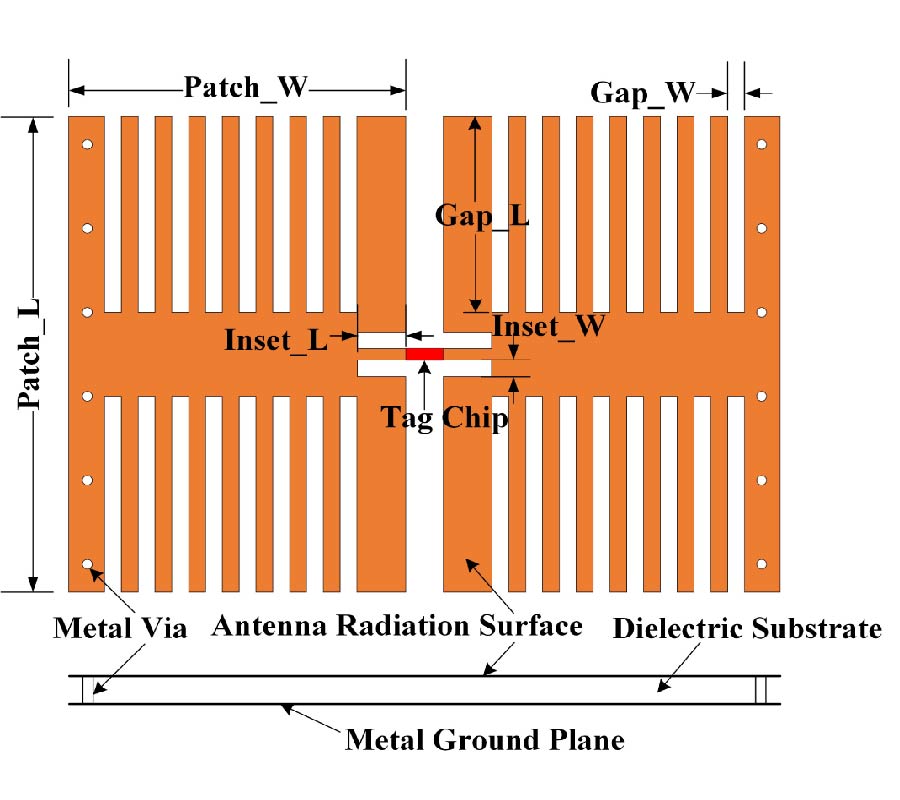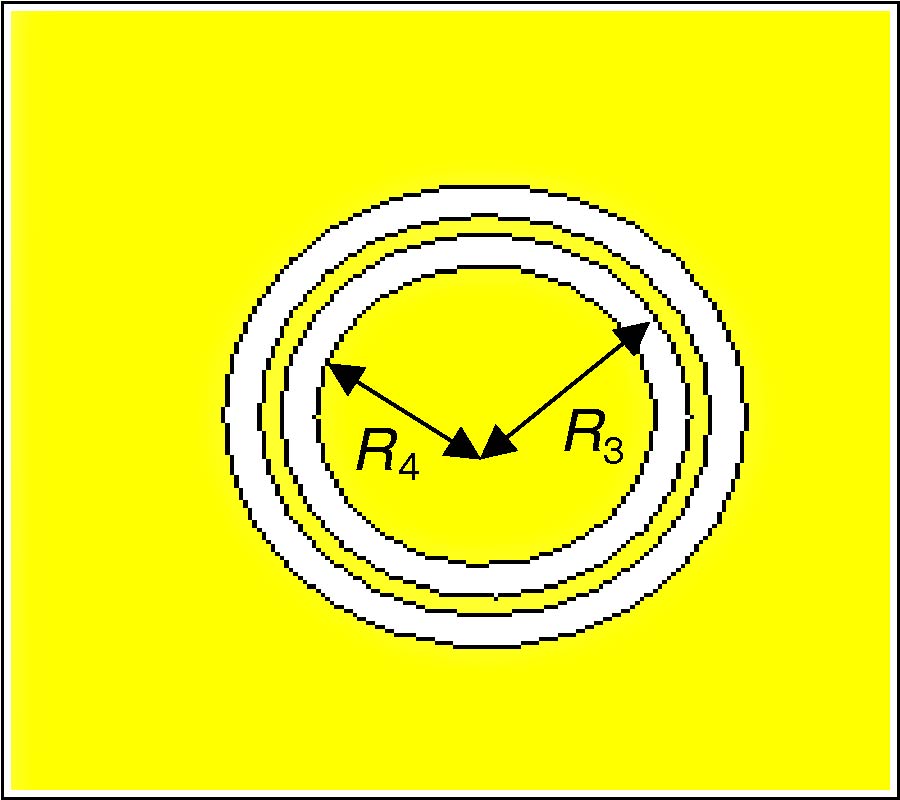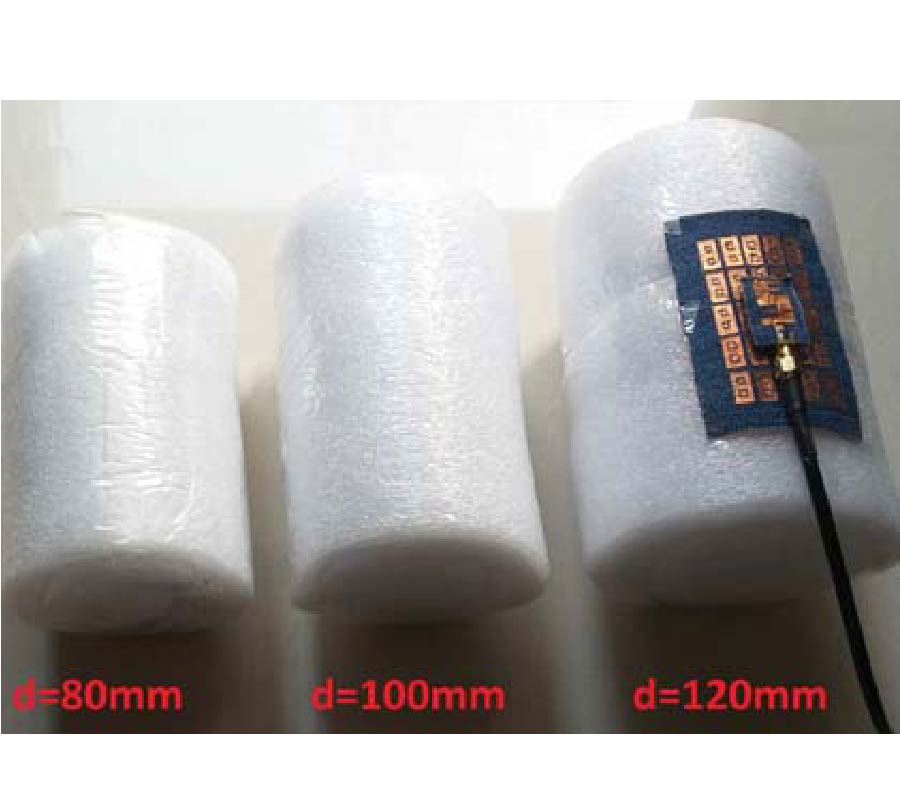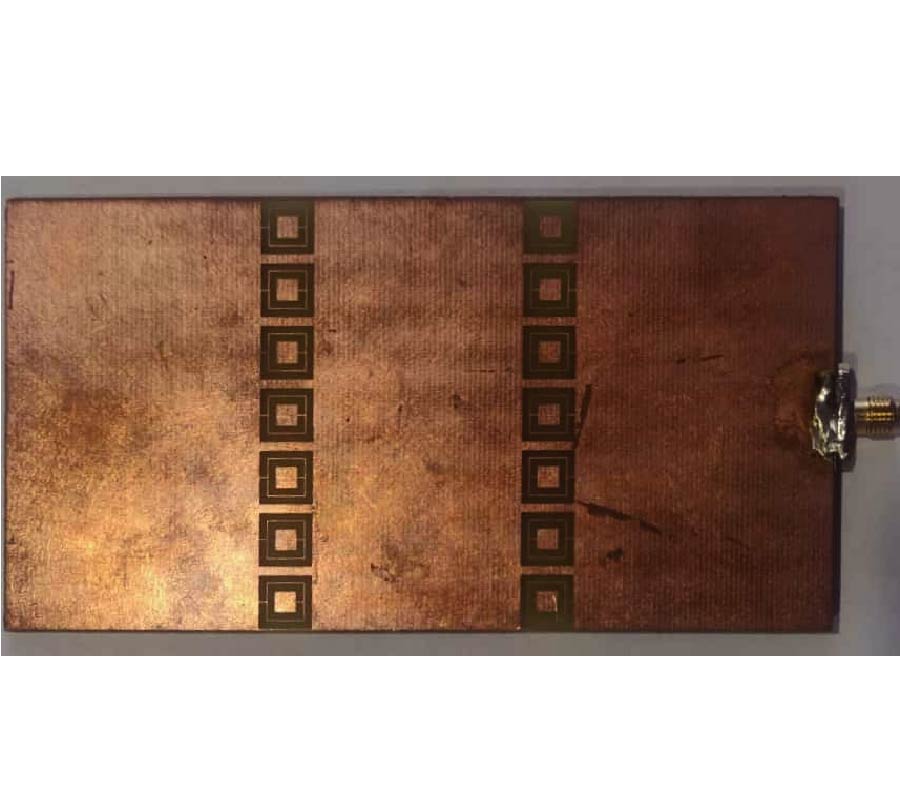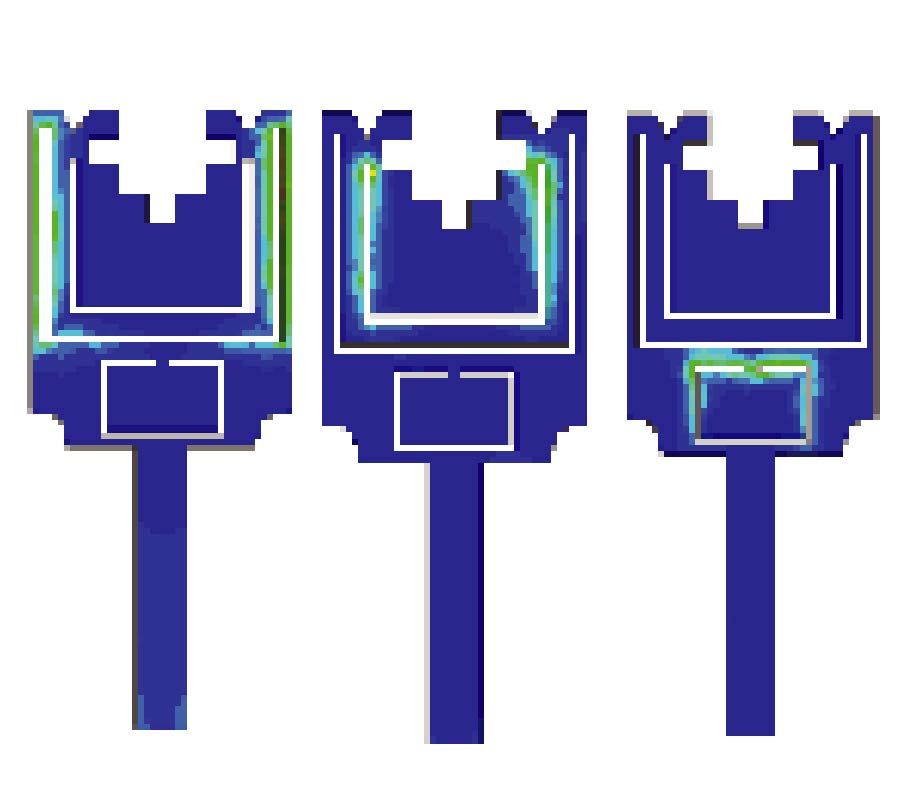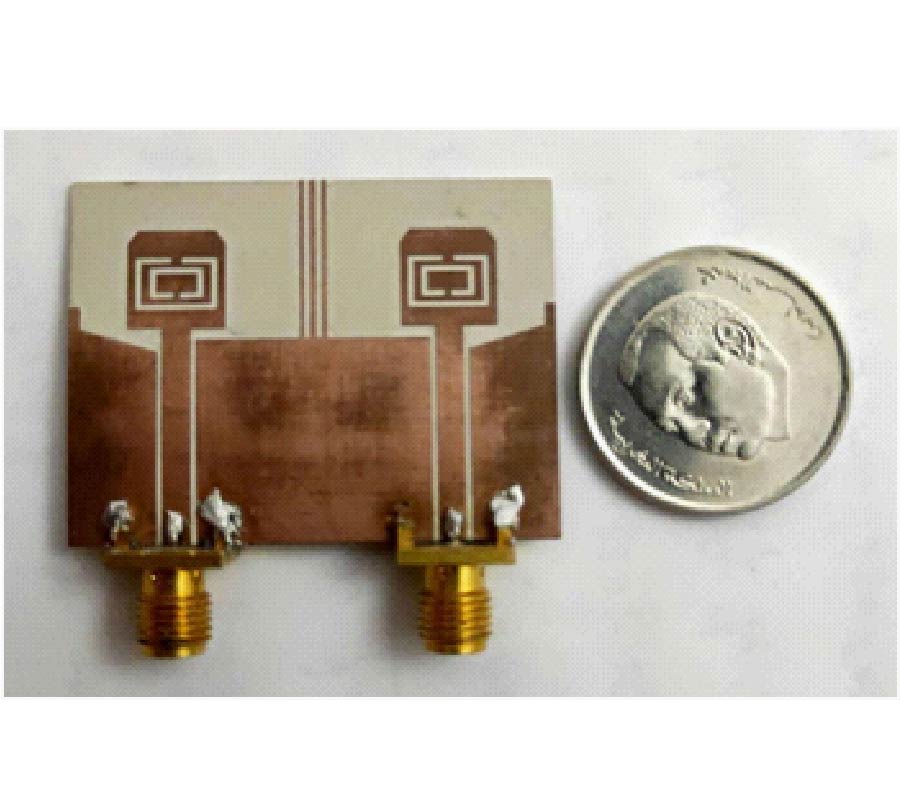Design and Realization of Dual Band Notch UWB MIMO Antenna in 5G and Wi-Fi 6E by Using Hybrid Technique
Hamza El Omari El Bakali,
Alia Zakriti,
Abdelkrim Farkhsi,
Aziz Dkiouak and
Mohssine El Ouahabi
In this paper, a novel design of a small printed Ultra-Wideband (UWB) Multi-Input Multi-Output (MIMO) antenna with a wide impedance bandwidth from 3.05 GHz to 11.65 GHz is introduced. The newly designed UWB MIMO antenna has an isolation enhancement of more than -15 dB between the two elements. This isolation is achieved by inserting a three-line stub on the ground plane between the two radiating elements. In addition, these parallel lines improve the impedance matching and the bandwidth of this structure. Dual band notched characteristics are achieved for the 5G band (3.6 GHz) and the Wi-fi 6E application (6 GHz), by loading the split ring resonator (SRR) on the ground plane at the back of antenna and etching a complementary split ring resonator (CSRR) in both the truncated square patch elements, respectively. The SRR and its complement are metamaterials structures, showing the behavior of an LC resonator circuit. The hybrid technique improves impedance matching, bandwidth, minimizes the mutual coupling in UWB frequency range, and delivers dual-notch characteristics. The simulation and measurement results of the proposed antenna with a good agreement are presented. The proposed structure exhibits high performances in terms of envelope correlation coefficient (ECC), diversity gain (DG), efficiency, total active reflection coefficient (TARC), and channel capacity loss (CCL) except the notched band.
